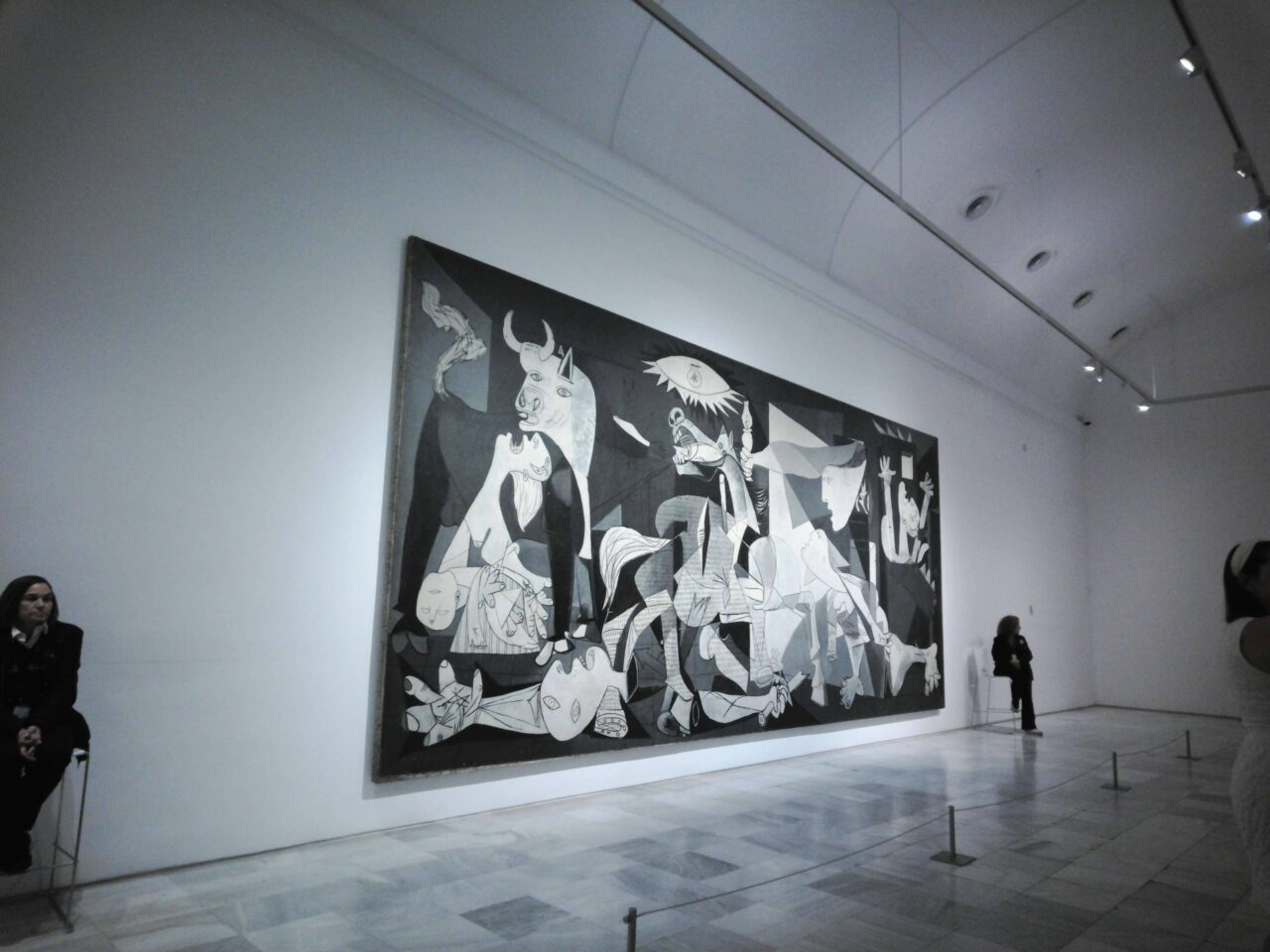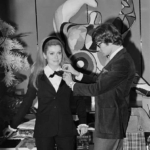
In a society where everything seems calibrated to maximize profitability, the work of art stands out for its unique nature and its refusal to be reduced to a mere product. While industries push for standardization and mass production, art runs counter to this trend. It offers a singular vision, an irreproducible creative gesture, and a value that transcends economic calculations. But how does this artistic uniqueness endure in an era dominated by profit-driven logic?
Let’s delve into this reflection, where art asserts itself as a space of resistance against widespread commodification.
Intrinsic Uniqueness Defying Standardization
Unlike a product designed to meet specific and often universal needs, a work of art is born from a deeply personal intention. Every artist expresses, through their work, a unique vision shaped by their experiences, emotions, and imagination. This subjectivity gives art its intrinsic value, impossible to standardize.
Take, for example, Banksy, the world-renowned street artist. His works, often ephemeral and contextual, lose some of their impact when transformed into consumer items—posters, t-shirts, or mugs. This disconnect highlights how the essence of a work diminishes when inserted into a mass production logic.
A Direct Opposition to Economic Logic
In an economic system where everything must generate a return on investment, art seems to be an anomaly. A work of art does not adhere to the same criteria as a conventional product. It is not created to be profitable or even to please a predefined audience. Its purpose lies elsewhere: to evoke emotion, tell a story, or provoke reflection on universal themes.
Consider contemporary art, often criticized for its commodification. Some argue that pieces like Jeff Koons’ Balloon Dog, sold for astronomical sums, exemplify an excessive commercialization of art. Yet even in these cases, the work retains an artistic intention that surpasses its mere monetary value.
The Danger of Mass Reproduction
In a world where images circulate without limits and objects multiply infinitely, art risks losing its uniqueness when reduced to mere reproduction. A painting like Vincent van Gogh’s The Starry Night, for instance, is reproduced on hundreds of thousands of products: posters, cushions, phone cases. While this democratizes access to art, it can also dilute its essence and depth.
However, this reproducibility has its limits. Walter Benjamin, in his essay The Work of Art in the Age of Mechanical Reproduction, emphasized that a work’s “aura”—its uniqueness and authenticity—cannot be captured by a copy. The original remains inimitable precisely because it bears witness to a unique moment of creation.
Art as a Refusal of Planned Obsolescence
In an era marked by increasingly short consumption cycles, where products quickly become obsolete, art exists in a different timeline. A work does not follow trends; it transcends them, standing as timeless. This is why creations from centuries ago continue to captivate.
Consider Michelangelo’s sculptures or Rembrandt’s paintings. These works, despite the passage of time, continue to fascinate and inspire. They escape the logic of rapid consumption, embodying a permanence that defies societal norms.
A Unique Experience for Every Viewer
Another essential dimension of art’s uniqueness lies in its interaction with the viewer. Unlike a product designed for a specific function, a work of art invites interpretation. It is never received uniformly; every individual projects their emotions, history, and perspective onto it.
Take Pablo Picasso’s Guernica. Some see it as a poignant denunciation of war, while others interpret it as a universal cry of despair. This capacity to provoke different responses makes each artistic experience unique, something no standardized product can offer.
The Commodification of Art: A Blurred Line
Despite its uniqueness, art is not immune to commodification. Galleries, museums, and collectors sometimes transform art into a luxury product, contributing to the blurring of boundaries between work and object. In this context, NFTs (Non-Fungible Tokens) have introduced a new dynamic: they guarantee the uniqueness of digital works while embedding them in a financial logic.
This financialization of art raises questions. On one hand, it allows artists to be compensated and recognized for their work. On the other hand, it risks reducing creation to a mere monetary value.
The Independent Artist: Authentic Resistance
In response to this tension between art and profitability, many artists choose to distance themselves from traditional commercial circuits. Through social media and digital platforms, they share their work directly with their audience, bypassing intermediaries. This allows them to preserve the integrity and uniqueness of their work.
Artists like JR or Ai Weiwei, for example, use innovative methods to disseminate their messages. By breaking free from traditional structures, they demonstrate that art can remain a space of freedom and resistance against market-driven logic.
The Work of Art: A Bastion Against Uniformity
In a world obsessed with productivity, art reminds us that there are values beyond economic logic. A work of art cannot be reduced to a product. It is an experience, an emotion, a reflection. Its uniqueness lies in its very essence: a blend of intention, creativity, and authenticity.
Far from conforming to the rules of profitability, art continues to exist as a space for free and profoundly human expression. In a society that standardizes everything, it invites us to celebrate what is rare, singular, and irreplaceable.
Guillem Vidal




